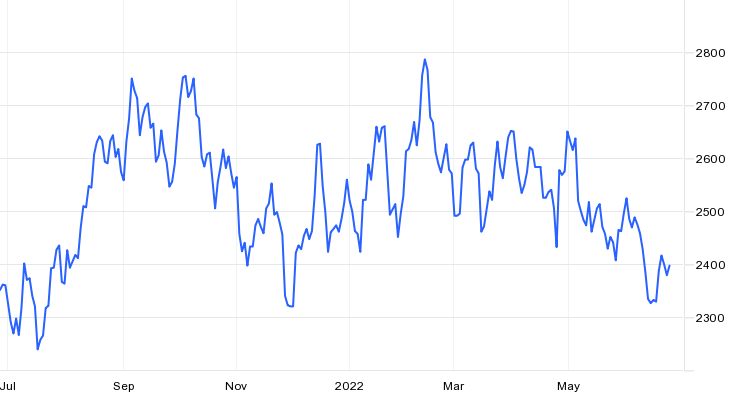Lower Global Cocoa Production Anticipated in 2022

Based on the latest estimates by the International Cocoa Organization (ICCO), there will be a YoY decline of 6% in the global production of cocoa to 4.923 million mt for the 2021-22 season. The lower production is primarily driven by major headwinds from the Russian invasion of Ukraine, agricultural climate issues, trade disruptions, and increased freight costs. It is highly anticipated that the impact of market uncertainties will be seen in the quantity, size, and quality of crops this year and even in the next. While production is expected to be lower, cocoa grindings are expected to rise by about 2%. The gap in cocoa supply will be covered by a reduction in stocks of cocoa by at least 9% based on the recent statistics released by ICCO in June 2022. Cocoa production is pretty much concentrated in Ivory Coast and Ghana, which account for over 60% of the global cocoa production. Market dynamics in these two countries set the tone for the global market and play a significant role in determining the price of cocoa futures. .
According to the recent estimates given by the ICCO, during the first five months of 2022, arrivals of cocoa beans at Ivorian ports were estimated to be at 1.926 million mt. The volume is a YoY decline of 5.1% compared to the volume of 2.027 million mt recorded during the corresponding period of the 2020/21 cocoa season. Similarly, in Ghana, the 2021-22 crop is reported to have witnessed a staggering drop of about 800,000 mt, which is a YoY decline of over 25%. Several factors, like adverse weather conditions, outbreaks of diseases, shortages of fertilizers, and the ripple effects of pandemic-induced lockdows, are major contributors to lower cocoa production in these countries. Low cocoa supply in the leading cocoa producing and exporting countries, coupled with an increase in global demand is likely to result in a three-digit supply deficit.
The higher global demand for cocoa comes after two years of the pandemic. With the resumption of activities in the air travel sector, which is a major gateway for chocolate sales as well as the recommencement of seasonal festivities, cocoa sales between the months of January and May 2022 were heading or were at par with pre-COVID-19 era trends. However, with lower production, cocoa futures are likely to go up in the coming months of the year. Cocoa production was at a record high in 2021, with ample carryover stocks held in warehouses. Despite higher grindings, there will be enough stock held in the exchange-licenced warehouses. This has helped in taming the cocoa futures prices, which were hovering around USD 2400 per mt in the last week of June. With growing demand and plenty of leftover stocks in the market, the outlook for the cocoa market remains positive; however, the expectation of a three-digit supply deficit may drive up cocoa prices in the coming months.
Cocoa Future Prices

Source: Intercontinental Exchange





